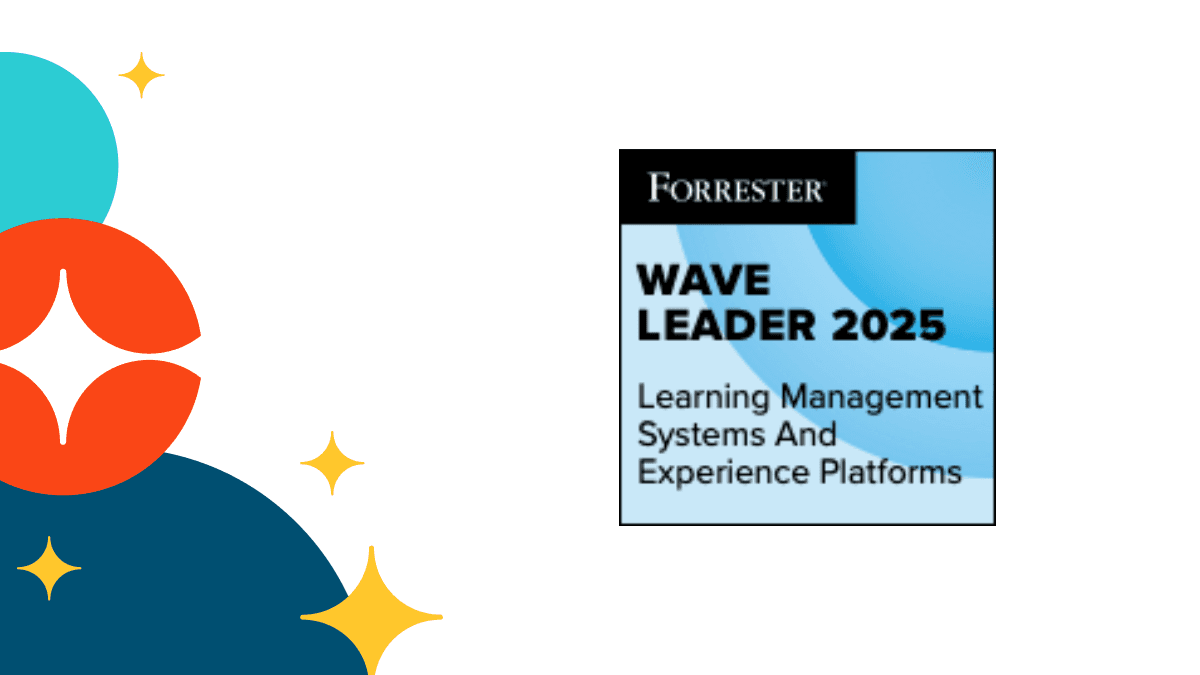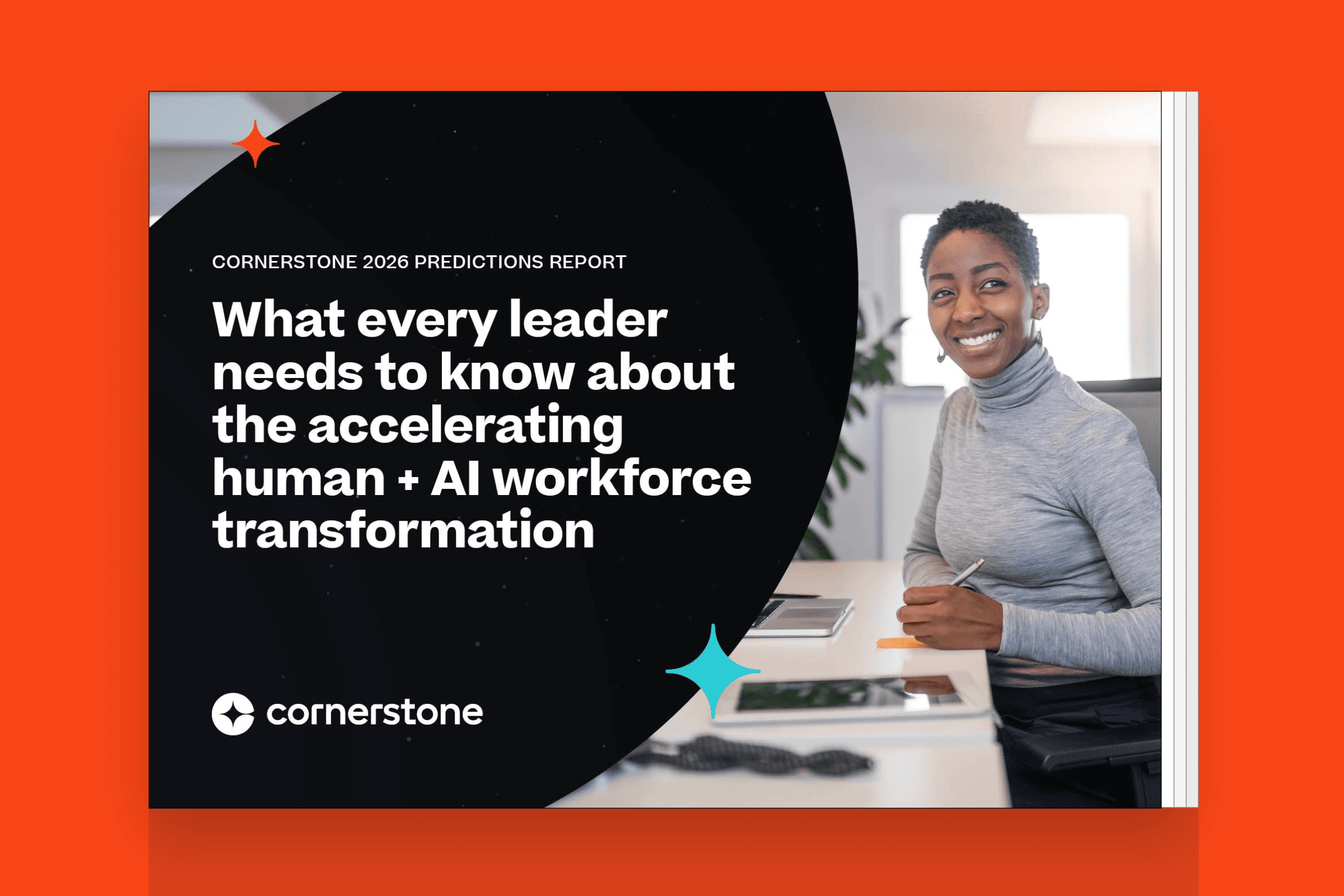Key Takeaways:
- Learning in flow essential for efficient skill acquisition.
- Unused learning content hinders upskilling and productivity.
- Track completion, skill acquisition, and content consumption metrics for improved learning strategy.
all know the way we work is changing at warp speed. In today's hyperdrive environment, learning in the flow of work is more crucial than ever before. Employers must stay on their A-game — anticipating learners' needs and providing on-demand learning content to help them acquire new skills and knowledge efficiently.
But just as importantly — they need to know that learning itself is working.

According to one Training Magazine article, 60 to 70% of learning content goes unused each year. This wasted potential is a major missed opportunity for organizations to upskill their workforce, enhance productivity and reach for the stars.
This content ends up underutilized due to various factors. Think poor content discoverability, lack of relevance or inefficient content delivery methods. But you won’t know the precise reason why it’s happening for your organization unless you have meaningful ways to look under the hood.
But first, let’s talk about why your company stands to gain so much from putting this 60 to 70% of unused content to good use.
Why learning content is essential for ROI
First and foremost, you’ll see tangible gains in your business’s ROI when you prioritize learning content. When you give your team the resources they need to succeed, each individual performer helps improve the standing of your company.
Connecting learning content with business objectives is essential for driving ROI in L&D initiatives. This way, when you do need to look at whether or not your content strategy is performing well, you know the metrics you’re using are tied directly to your own company’s talent management story and business case.
Having a better pulse on learning content enables L&D leaders to identify gaps and areas for improvement. It helps them assess whether the content provided effectively closes skill gaps and enhances employee performance. Understanding the impact of learning content on business outcomes allows organizations to invest their resources wisely and allocate budgets more effectively.
If you need some ideas about how to tie your learning content to ROI, Cornerstone suggests starting with your “why.” Once you know what you’re aiming for, you can start breaking it down into specifics. If these metrics and your company’s productivity and profits are ticking up, it’ll be easy to see just how they all correlate.
But how do you decide which metrics to even use?

Tracking the metrics of your content strategy
To gauge the health and success of a content strategy and ensure it effectively connects skills to content, HR practitioners and leaders should track at least the following metrics:
- Completion rates: Tracking completion rates can provide insights into learner engagement and the perceived value of the content. If completion rates are low, it may indicate a need to revisit content relevance, delivery methods or accessibility.
- Skill acquisition: Measuring the impact of learning content on skill acquisition is crucial. Organizations can determine if the content effectively closes skill gaps by assessing employee knowledge and proficiency changes before and after engaging with the content.
- Content consumption: Staying aware of content consumption patterns can reveal preferences and trends among learners. Analyzing which topics, formats or delivery methods are most popular can guide content curation and help personalize the learning experience.
- Skill application: Monitoring the application of learned skills on the job is vital. Organizations can measure the practical effectiveness of the learning content by evaluating the extent to which employees apply acquired knowledge and skills in their day-to-day work.
These are just the tip of the iceberg. As you and your people continue to use learning content, new metrics will become apparent as useful. But to get started, these will take you a long way toward ensuring your entire content strategy pays off!

Leveraging the power of AI
AI is everywhere — and it probably comes as no surprise that it can help you monitor and suggest improvements to your learning content strategy. Leveraging its power can significantly enhance the visibility and effectiveness of the training you send your team’s way.
With an AI-driven model, L&D leaders can automate how they track the metrics previously mentioned. It can also become a valuable addition to the content itself — helping specific learners engage with the material in the way best suited to their individual preferences.
AI-powered solutions will become necessary for HR leaders looking to get the most out of their content strategy and assess its performance. By leveraging machine learning algorithms, AI can serve up intelligent recommendations that enable organizations to deliver tailored learning experiences, ensuring their people receive the most relevant and compelling content to support their skill development. The Cornerstone Content Studio offers just this sort of intuitive solution for L&D leaders and learning content curators.
By understanding the needs of on-demand learning, connecting content with business objectives, tracking relevant metrics and leveraging AI-powered tools like the Content Studio, organizations can maximize their ROI, deliver impactful learning experiences and empower their workforce with the skills needed for success in a world and workforce changing by the hour.
Get in touch with a Cornerstone expert to explore how you can tailor our solutions to your organization's needs.


